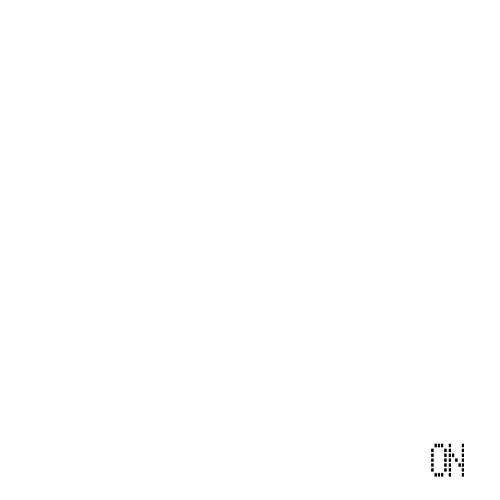
on/off by 1000framesinfrontofaclub
Send us your audience-thirsty animated gifs … with the best later receiving a dedicated presentation during DL X.
News, notes, screenings and ramblings from Directors Lounge, the mothership of media art.

on/off by 1000framesinfrontofaclub
Send us your audience-thirsty animated gifs … with the best later receiving a dedicated presentation during DL X.
Seen at DL 9: Joe Hambleton CA Days of Future Past 07:44 2012
Trapped in a rut. Unable to say what I wish to say. I look to Burroughs for an answer. Video is cut up, randomly selected and interwoven with objects from my travels. My process is changed, memories are stirred. Visions of the future appear, a narrative forms. My fears and insecurity about the future come to fruition through an understanding of the past. Together they create a realization of my present. These are my Days of Future Past.
Days of Future Past is an experimental video work that utilizes the technique described above in an attempt to alter my process of filmmaking. Multiple scenes were shot across Windsor and Detroit and then randomly selected and organized, creating the structure and tone of the work. During this time, I also began to pick up any objects that had the potential to stir up memories. I imposed these objects onto the original footage as a reference point in each scene’s narrative. Through this process, a realization of the present became strongly apparent within the work.
Joe Hambleton CA Days of Future Past 07:44 2012,
screened as part of DL selection II, Mon 11th 2013
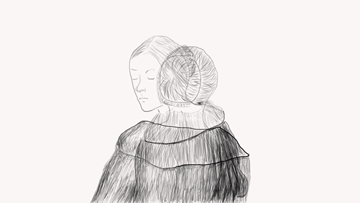
made by Wayner Tristao
Send us your audience-thirsty animated gifs … with the best later receiving a dedicated presentation during DL X.
Seen at DL 9: Naren Wilks GB Lyrebird Soup 05:58 2012
During a visit to a tailor, a man is left alone with a large mirror. Whilst on his own, the mirror starts to play cruel tricks on him, in this take on a classic sketch by the Marx brothers.
Screened as part of The 9th Berlin International Directors Lounge opening ceremony
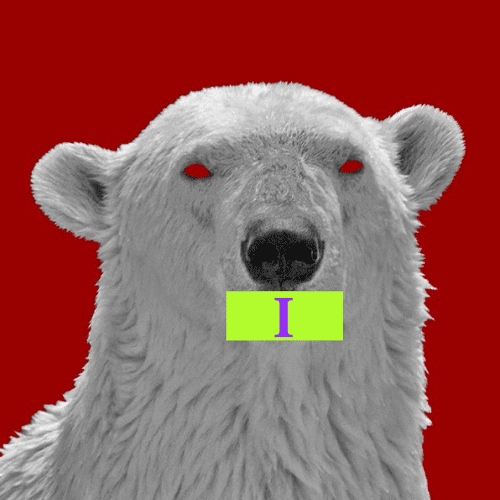
I am ready to fly by Avant-Hard
Send us your audience-thirsty animated gifs … with the best later receiving a dedicated presentation during DL X.
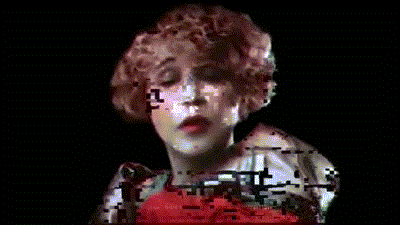
The Kodak Excerpt, a short gif excerpted from the longer movie The Kodak Moment by Michael Betancourt
Send us your audience-thirsty animated gifs … with the best later receiving a dedicated presentation during DL X.
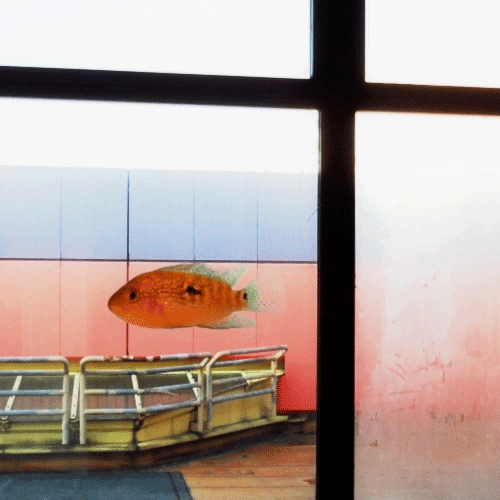
Since gifs do in fact move, they can be classified as moving images, earning themselves a chance to shine at Directors Lounge.
You can upload your audience-thirsty animated gifs directly here. We’ll post all entries as they fly in… with the best later receiving a dedicated presentation during DLX.
• Animated gifs can be sent by e-mail or by using this page. (You´ll need to be on tumblr.) Make sure it is no larger than 1MB and no more than 500 pixels wide.
Fish fished at georgeanton77
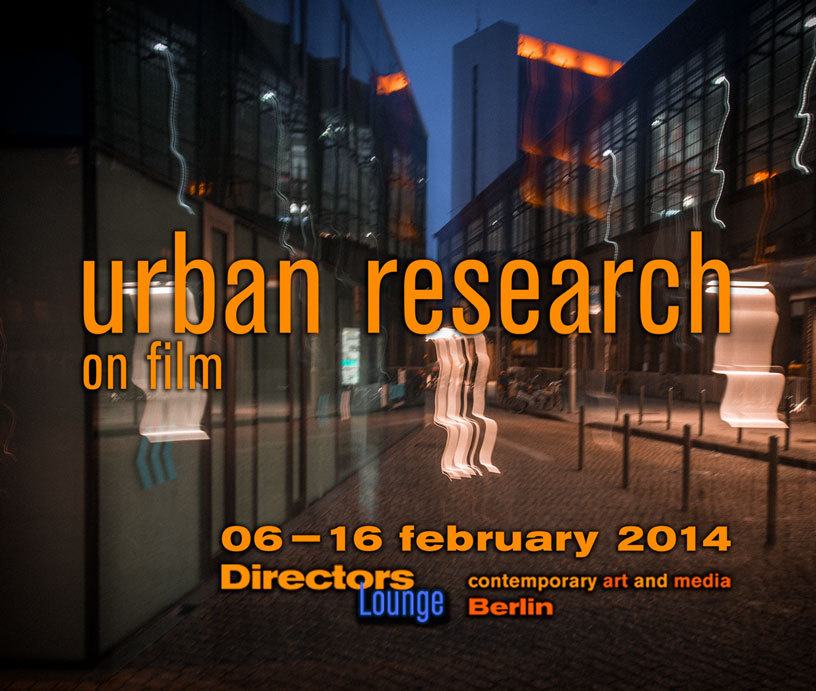
Urban Research is a special film program during the Berlin International Directors Lounge concerned with urban themes curated by Klaus W. Eisenlohr. For years the urban landscape has been under rapid change. Due to the increased economic pressure and shift towards mono-functional uses of the city, public space more and more vanishes.
The newly awakened interest in old city centers, which is a rather positive development, has also created new demands in conjunction with the deregulations of national and municipal city tasks: the city has mainly become an object for real estate investment.
On the other hand, new waves for urban movements towards a democratic renewal have appeared. A redetermination of public place may have come across, a new protest culture against the complete commercialization of the city has spread in places. Be it called neoliberal, new labor, social democratic, political-islam or post-Maoism, you name I. The radical loss of democratic political influences concerning urban development seems to have found a counter force in a rediscovery of the political space. The above sometimes extreme changes in the urban are also being reflected in creative art and film, or may even find their unique expression in the arts.
continue at Urban Research at Directors Lounge 2014
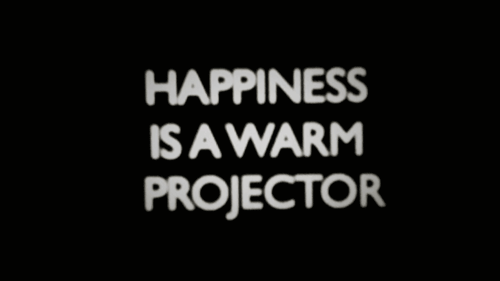
Happiness is a warm projector by _blank for DL X gifted
Send us your audience-thirsty animated gifs … with the best later receiving a dedicated presentation during DL X.